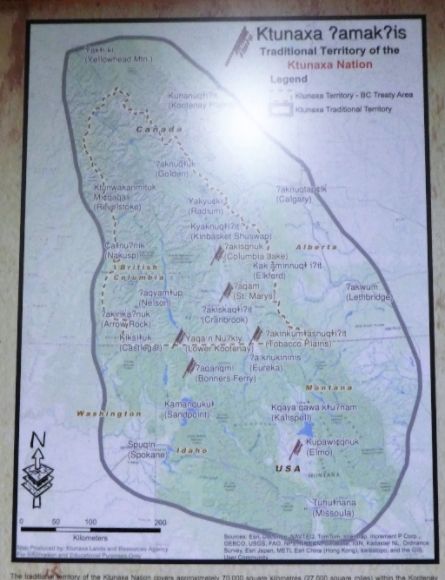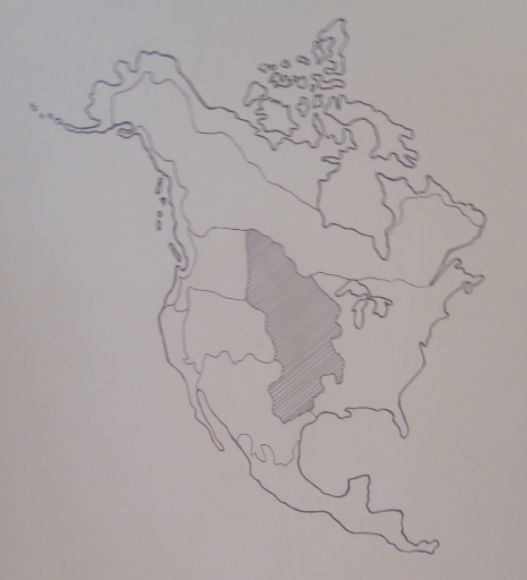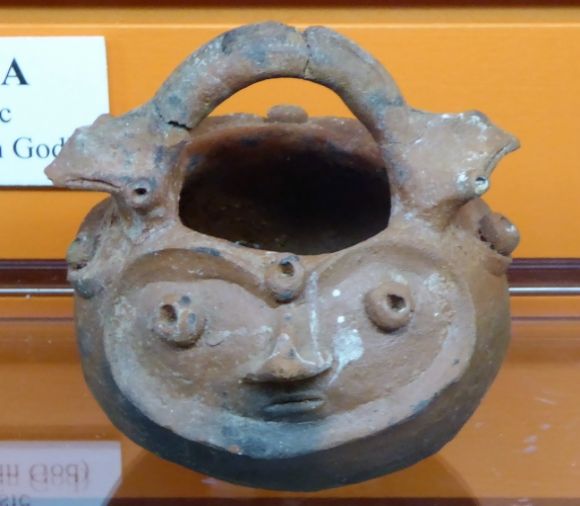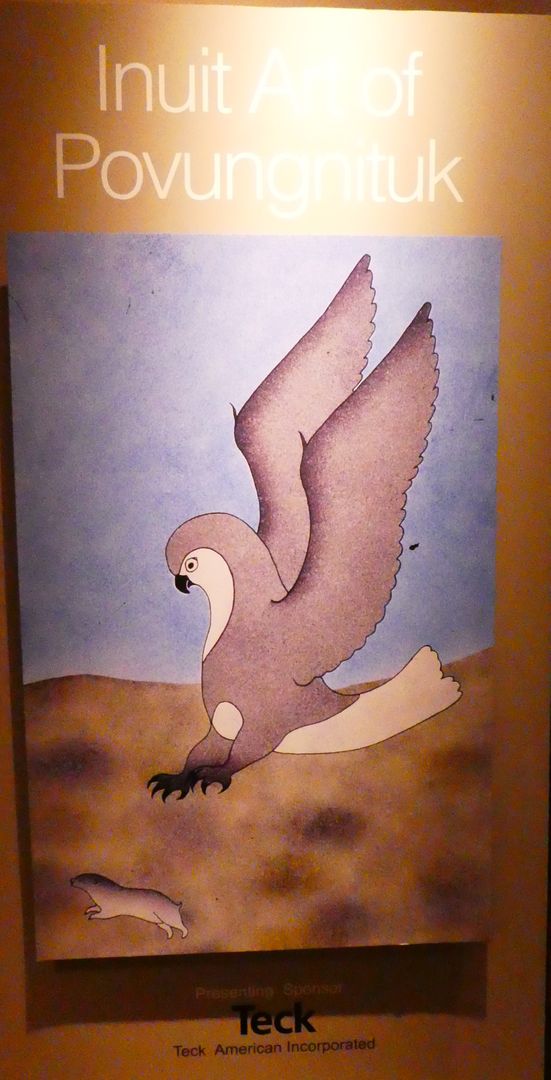The Ktunaxa Nation (Photo Diary)
The Early History gallery of the Fort Steele Heritage Town Museum includes displays about the Ktunaxa Nation who had occupied the area for thousands of years prior to the arrival of Europeans. The map shown above shows the traditional Ktunaxa territory. According to the museum display: “Evidence of human existence in our area dates back … Continued









